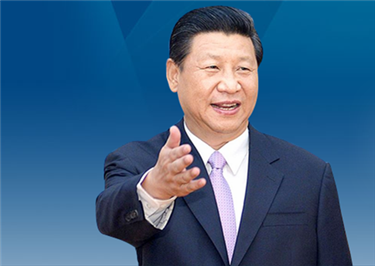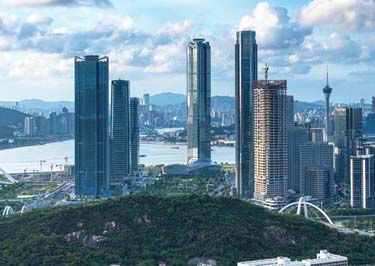Yung Sing Kew (Yung Yew Huan, Yung Hoy, Rong Xingqiao)
Indominable motivator of Democratic Revolution
1
An uprising to overthrow the Qing feudal monarchy had just failed in August 1900. The fight had just begun, however, as three of the revolutionists left Shanghai aboard a ship bound for Japan -- a mission that would shape modern China.
They were all from the Zhuhai area: Dr Sun Yat-sen; Yung Wing (Rong Hong), the Forefather of Chinese Overseas Study; and Wing's brother, Yung Sing Kew.
A cousin of Yung Wing's, Yung Sing Kew was an indominable factor behind the Democratic Revolution. For starters, he helped Dr Sun Yat-sen shift Yung Wing's allegiance from the Qing Dynasty (1644-1912) emperor to the Republic of China.
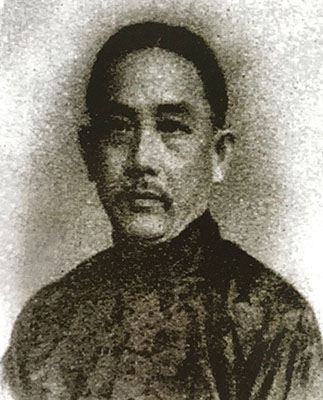
Yung Sing Kew (aka Yung Yew Huan, Yung Hoy, Rong Xingqiao) (1865-1933)
He had relentlessly dedicated his life to cast down the Qing Court and found the Republic of China.
2
Both Yung Sing Kew (1865) and Yung Wing (1828) were born in Nanping Town in today's Xiangzhou District.
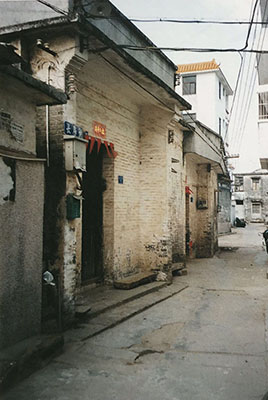
Former Residence of Yung Sing Kew, 15 Changfang St, Nanping Town [Photo by Zheng Xiaoyue]
Growing up so close to Macao, Yung Sing Kew received English education at age four. He was selected as one of the CEM third-detachment students to study in the US state of Connecticut in 1874 and commenced studies at Yale University seven years later.
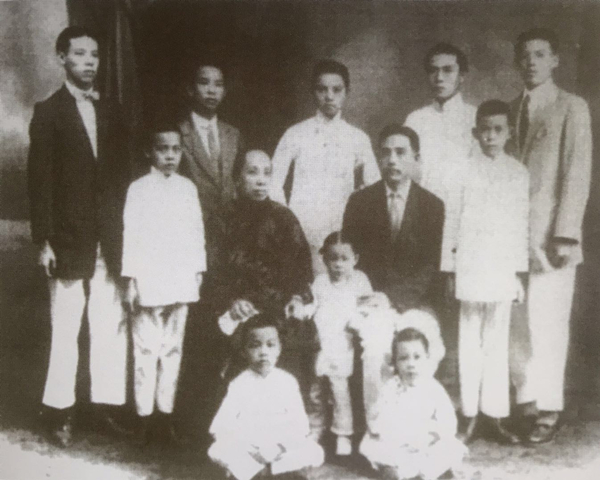
Yung Sing Kew, sitting at right, with his core family
The mission, and his enrollment, were terminated and Yung Sing Kew was summoned back. He then studied at Tientsin Naval College and, upon graduation, the 17-year-old was assigned to the Peiyang Fleet, most of which remained safely harbored during a sea battle between France and China.
Afterwards, he escorted Admiral Ting Ju-ch'ang (Ding Ruchang), the Peiyang Fleet commander, to prepare for war with Japan. Most of the fleet was destroyed, however, in the Battle of the Yalu River. Nonetheless, due to Chihli Governor General Li Hung-chang's (Li Hongzhang) report to the throne, Yung Sing Kew was cited by the Qing court for contributions to the Chinese Navy.
3
Soon, though, corruption within the Qing Government disappointed Yung.
Back from Japan, he withdrew from the Navy and became a comprador at Butterfield & Swire Co in Hong Kong, where he made acquaintance with Dr Sun Yat-sen. The two remained very close friends ever since.
Five years later, Dr Sun founded the China Revival Society in Honolulu, making "Expel the Manchus, Restore China, and Establish a Republic" his goal. At that time, Yung Sing Kew, who worked at the Hankou-based Russian company Litvnof & Co, joined the society, serving in Wuhan as a representative of Dr Sun and extending the anti-Qing Court movement to Yangtze River areas.
4
The November 1899 Hankou Uprising was headed by Dr Sun; Liang Ch'i-ch'ao (Liang Qichao), the foremost intellectual leader of China in the first two decades of the 20th century; and Lin Gui, leader of the Yangtze River Society in Hankou. Yung Sing Kew was recommended to Lin Gui by Dr Sun based on Yung's handling of affairs in Hunan and Hubei provinces.
Yung used his personal surety to rent a building for soldiers of the uprising. Unfortunately, the uprising failed, and Lin Gui was placed under arrest. With the help of friends, Yung Sing Kew escaped disguised as an unskilled laborer, a "coolie."
He fled to Shanghai for refuge with Yung Wing, who was himself wanted by the Qing Court. They fled to Japan together aboard the Kobe Maru along with Dr Sun. Yung Sing Kew introduced Dr Sun to his cousin, who at once became a committed supporter.
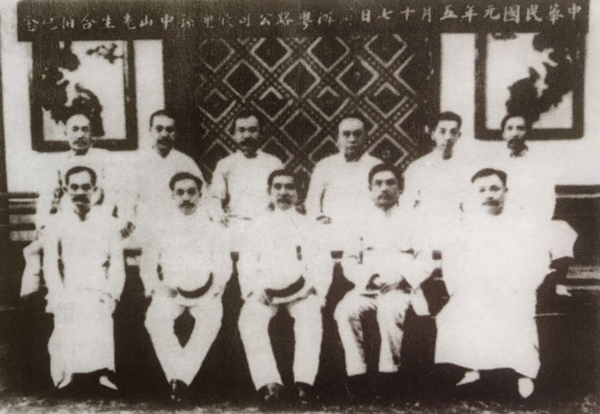
Yung Sing Kew, in front second from right, is flanked by Dr Sun Yat-sen, center, and Jeme Tien-Yow (Zhan Tianyou), Forefather of China's Railroads, in Canton, today's Guangzhou in 1912. [Photo provided by Guangdong Zhongshan Library Local Documentation Department]
5
Back in Hong Kong, Yung Sing Kew discovered that the China Daily News (Zhongguo Ribao) inaugurated by Dr Sun for the China Revival Society was in dire financial straits. He then raised funds and took over operations, appointing himself as printing director and restructuring the company.
Five years later, The Alliance Association based on the China Revival Society was founded in Tokyo and the China Daily News became the official newspaper of the association's Hong Kong branch.
Six years later, Yung Sing Kew moved the China Daily News to Canton, where it became the official newspaper of the Guangzhou Revolutionary Government.
Yung Sing Kew, who supported the revolution throughout his life, was named senior advisor by Dr Sun. Relying much on his own shipping company in Hong Kong, Yung heavily financed Dr Sun. His strong support helped enable the Eastern March and Northern Expedition of the Army in a military campaign against the Peiyang government and other regional warlords in 1926.
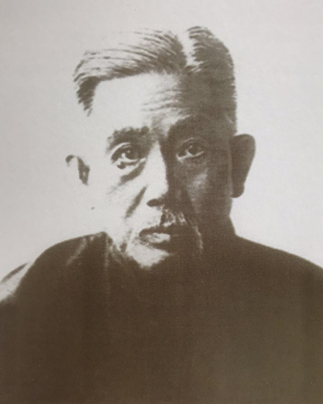
Yung Sing Kew
6
Although he had left at a young age, Yung Sing Kew hadn't forgotten his hometown.
After Yung Wing financed the building of Zhenxian (Select the Virtuous) School in Nanping with 300 taels of silver, Yung Sing Kew took the post as the first headmaster in 1916. He raised over 12,000 yuan five years later to renovate the school and purchase books and items from Hong Kong. He even invited Tsou Lu (Zou Lu), an early leader of the Kuomintang, to inscribe the school name: Zhen Xian Xue Xiao.
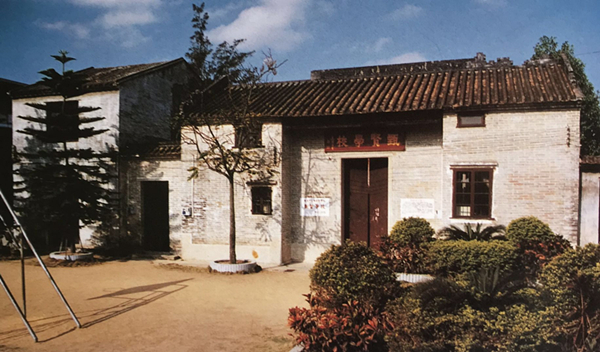
Zhenxian School financed by Yung Wing [Photo by Zheng Xiaoyue]
When Yung Sing Kew died at 68 on May 7, 1933 in Shanghai, Chiang Kai-Shek, leader of the Kuomintang (KMT) Party, inscribed eulogies along with other high-ranking government officials. They were Lin Sen, chairman of the National Government of the Republic of China (KMT); Tong Shao Yi (Tang Shaoyi), first premier of the Republic of China; and Sun Fo (Sun Ke), son of Dr Sun Yat-sen. His offspring carried his coffin back Nanping Town.
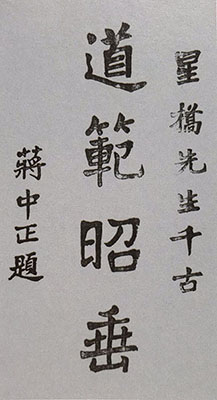
Eulogy inscription by Chiang Kai-Shek [File photos provided by Yung He Luzhen]

